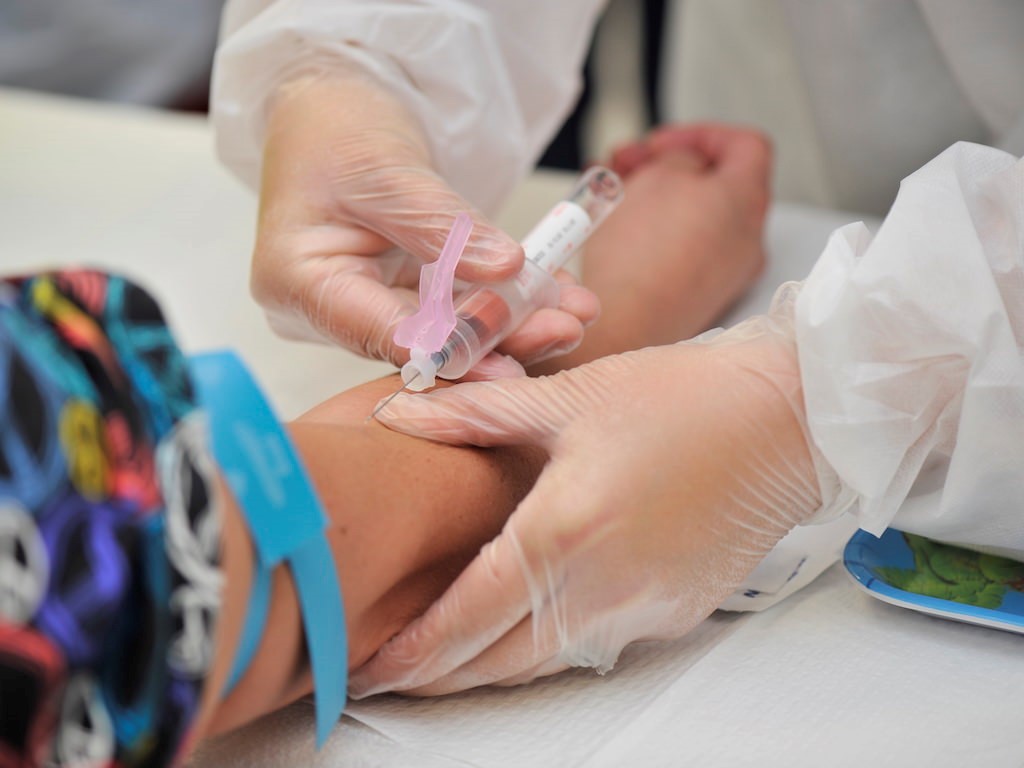Mastering EKG Phlebotomy: Essential techniques and Tips for Healthcare Professionals
Welcome to the world of EKG phlebotomy! As a healthcare professional, understanding and mastering EKG phlebotomy techniques is crucial for providing quality patient care. This article will delve into the essential methods, practical tips, and case studies that will help you excel in this indispensable skill.
What is EKG Phlebotomy?
EKG phlebotomy involves drawing blood from patients while concurrently monitoring thier heart rhythms through an Electrocardiogram (EKG). This dual process is vital for diagnosing heart conditions, monitoring electrolyte levels, and ensuring patients receive thorough care during procedures.
Benefits of Mastering EKG Phlebotomy
understanding the techniques of EKG phlebotomy not only enhances your skills but also benefits your patients and healthcare facility. Here are a few key advantages:
- Improved Patient Experience: Patients appreciate the efficiency of combined testing.
- Enhanced diagnosis: Accurate data from both EKG and blood tests leads to better clinical decisions.
- Increased Skill Set: Mastering EKG phlebotomy elevates your professional profile.
Essential EKG Phlebotomy Techniques
Here are some essential techniques for successfully performing EKG phlebotomy:
1. Preparation
- Ensure you have the right equipment: EKG machine, blood collection tubes, needles, gloves, and antiseptic.
- prepare yourself mentally to handle patients with varying anxiety levels related to blood draws.
- Confirm patient identification and explain the procedure thoroughly to alleviate concerns.
2.Patient Positioning
Positioning plays a vital role in the accuracy of EKG readings and blood draws:
- Ensure the patient is in a comfortable position, ideally lying down or seated with their arm relaxed.
- Attach EKG leads in the proper anatomical locations to avoid interference with blood collection.
3. Blood Collection Techniques
Follow these steps for effective blood collection during EKG phlebotomy:
- Select the appropriate venipuncture site, typically the antecubital fossa.
- Cleanse the area with an antiseptic swab in a circular motion.
- Insert the needle at a 15-30 degree angle and secure it while collecting blood into the sample tubes.
Best Practices for EKG Phlebotomy
Incorporate these best practices to enhance your EKG phlebotomy skills:
- Stay calm and communicate clearly with the patient throughout the procedure.
- Use proper hand hygiene and wear gloves to minimize infection risk.
- Label all blood samples immediately after collection to prevent mix-ups.
- Monitor the patient’s comfort and adjust the EKG settings as needed.
Case Studies: Real-World Applications
| Case Study | Outcome | Key Takeaway |
|---|---|---|
| Patient with Chest Pain | Rapid diagnosis and treatment | Effective blood draw provided timely electrolyte assessment. |
| Routine Checkup in Diabetic Patient | Identified arrhythmia | Blood tests combined with EKG identified complications early. |
First-Hand Experience: Insights from healthcare Professionals
learning from experienced professionals can provide invaluable insights:
“Mastering EKG phlebotomy has drastically improved my confidence in patient care. I can now deliver results faster and complete multiple tests in one go!” – Jane Doe, RN
Tools and Resources for EKG Phlebotomy
To further enhance your skills, consider using the following resources:
- Online courses: Websites like Coursera and Udemy offer specialized training.
- Books: “phlebotomy Essentials” is a recommended read for comprehensive knowledge.
- Workshops: Participating in local healthcare workshops can provide hands-on experience.
Conclusion
Mastering EKG phlebotomy is an essential skill for any healthcare professional aiming to provide comprehensive patient care.By implementing the techniques and tips shared in this article, you can improve your efficiency, enhance patient comfort, and contribute to more accurate diagnoses. Remember,practice makes perfect,so keep honing your skills and stay updated with the latest practices!
